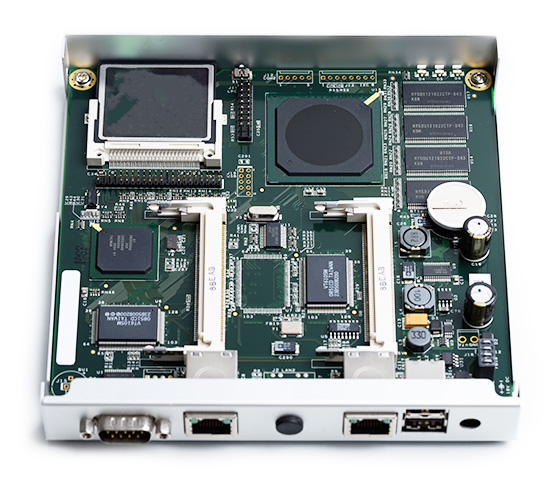EMC Question of the Week: August 1, 2022

For optimum performance in radiated emissions testing, the circuit ground in high-speed printed circuit boards should normally be
- well-connected to the chassis ground
- connected to chassis ground at a single point
- isolated from chassis ground
- connected to chassis ground through a ferrite
Answer
The best answer is “a.” High-speed circuit boards generally require a good high-frequency connection between the board's ground reference and the chassis. From a radiated emissions perspective, the chassis is a large metal structure that could serve as half of an unintentional antenna. To meet radiated emissions requirements, everything else that is large and metal must be held to a potential very near to that of the chassis. This is often difficult to accomplish unless the circuit ground and chassis ground are well connected.
Providing a good high-frequency connection between chassis ground and circuit ground is also important for meeting many of the immunity requirements including BCI, EFT and ESD.
In some situations (notably many aerospace and medical devices), a low-frequency connection between circuit ground and chassis ground is not allowed. In these devices, it is still generally necessary to make a good high-frequency connection when the circuit board is located anywhere near the chassis ground structure. This is accomplished by bringing the chassis ground on to the circuit board and connecting to circuit ground through capacitors. When low-frequency isolation is required, a low-frequency single point ground may be necessary for safety reasons. However, single-point grounds serve no purpose at radiated emissions frequencies.
Note that ferrites should never be used to connect two "grounds." Ferrites provide a good low-frequency connection while allowing significant high-frequency voltages to appear across them. This is pretty much the opposite of what a connection between otherwise isolated grounds is meant to accomplish.
Have a comment or question regarding this solution? We'd like to hear from you. Email us at
